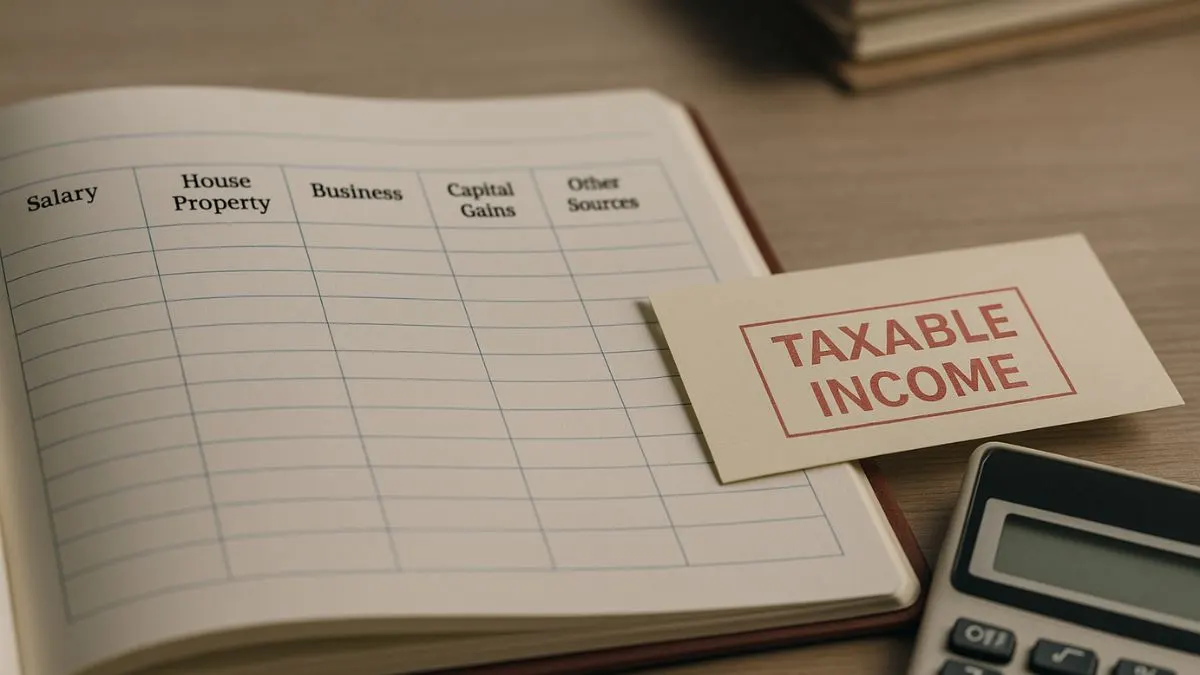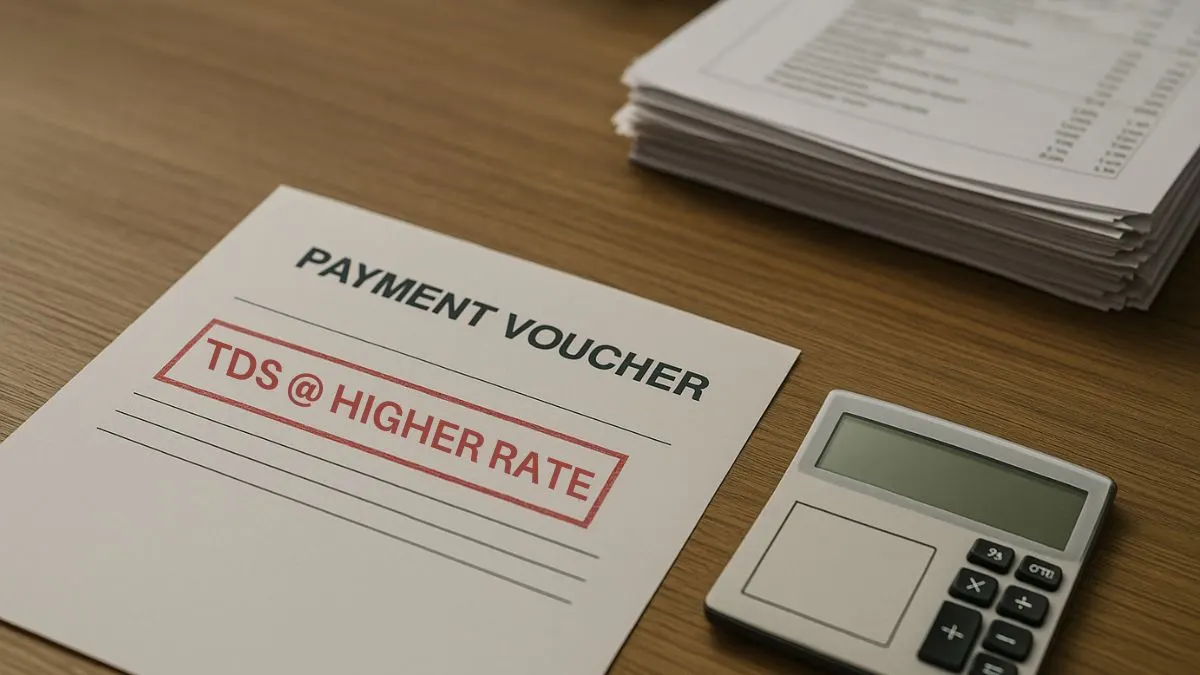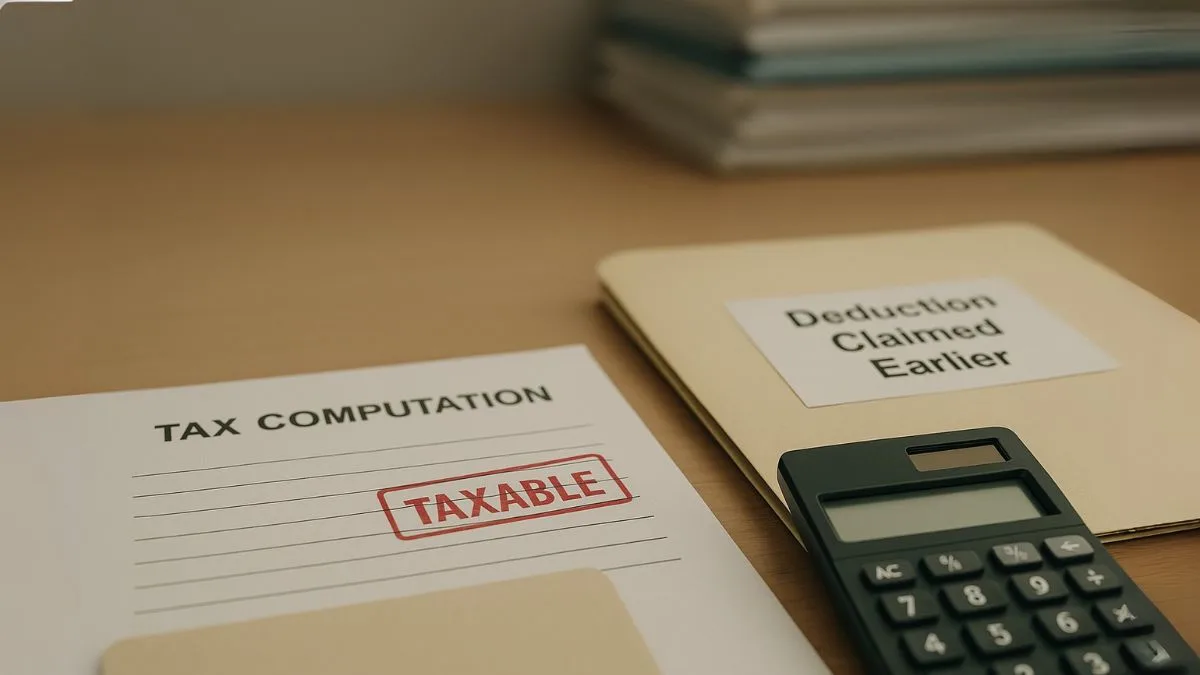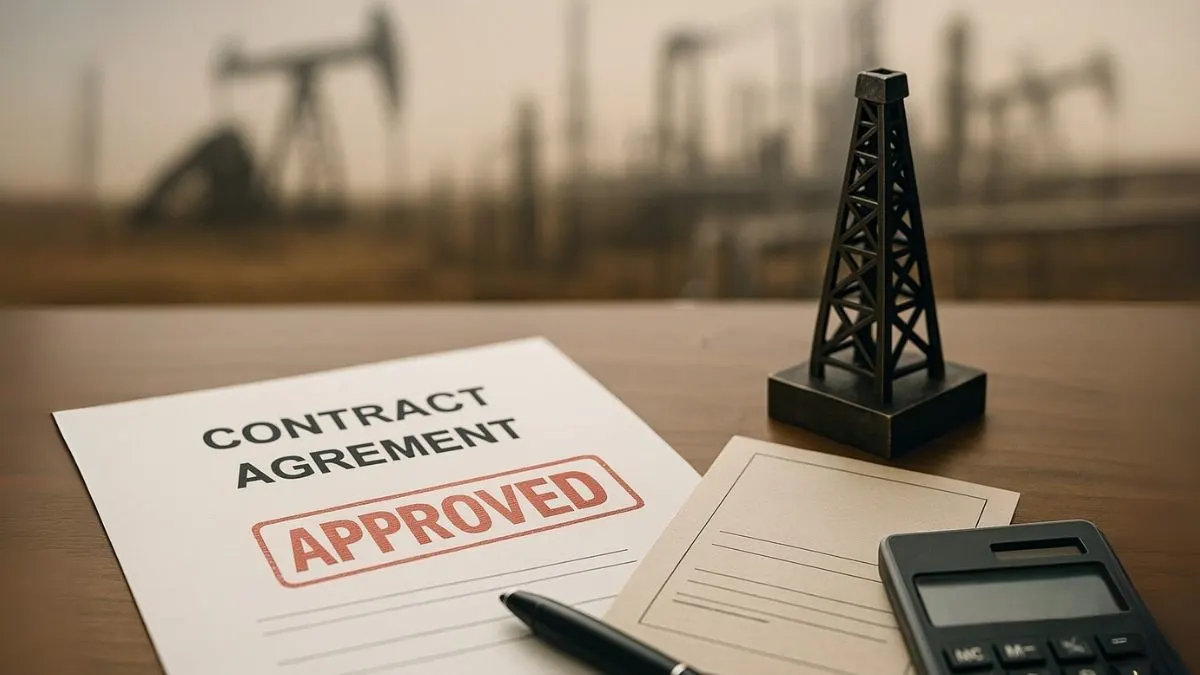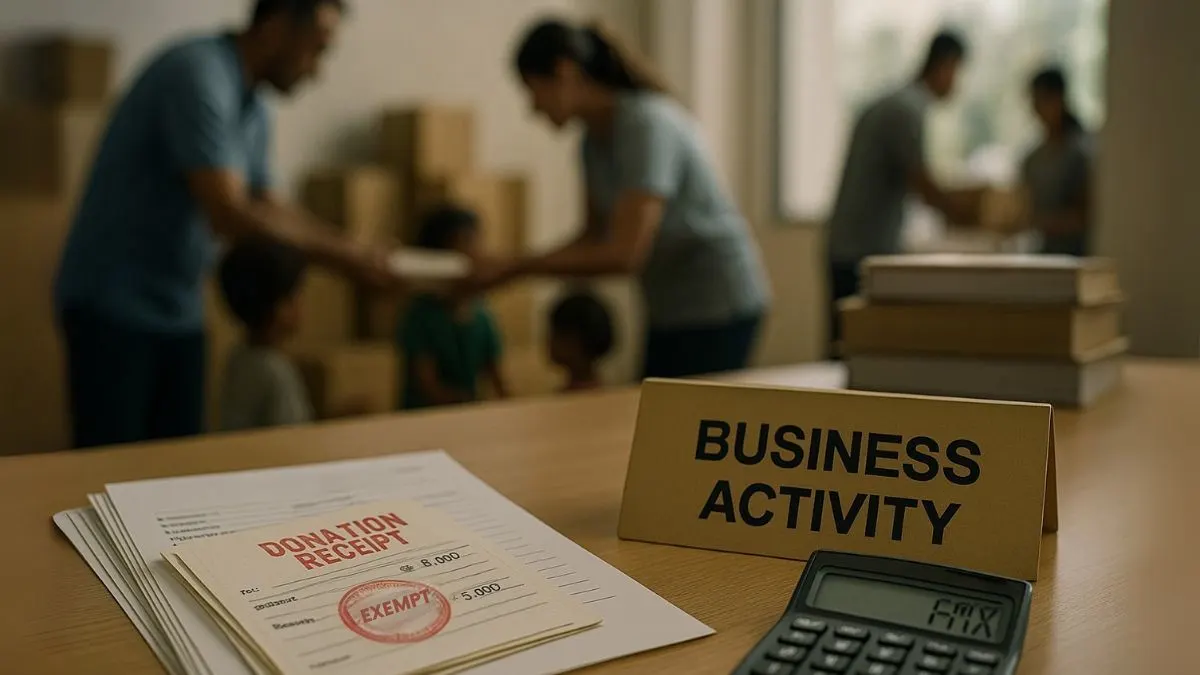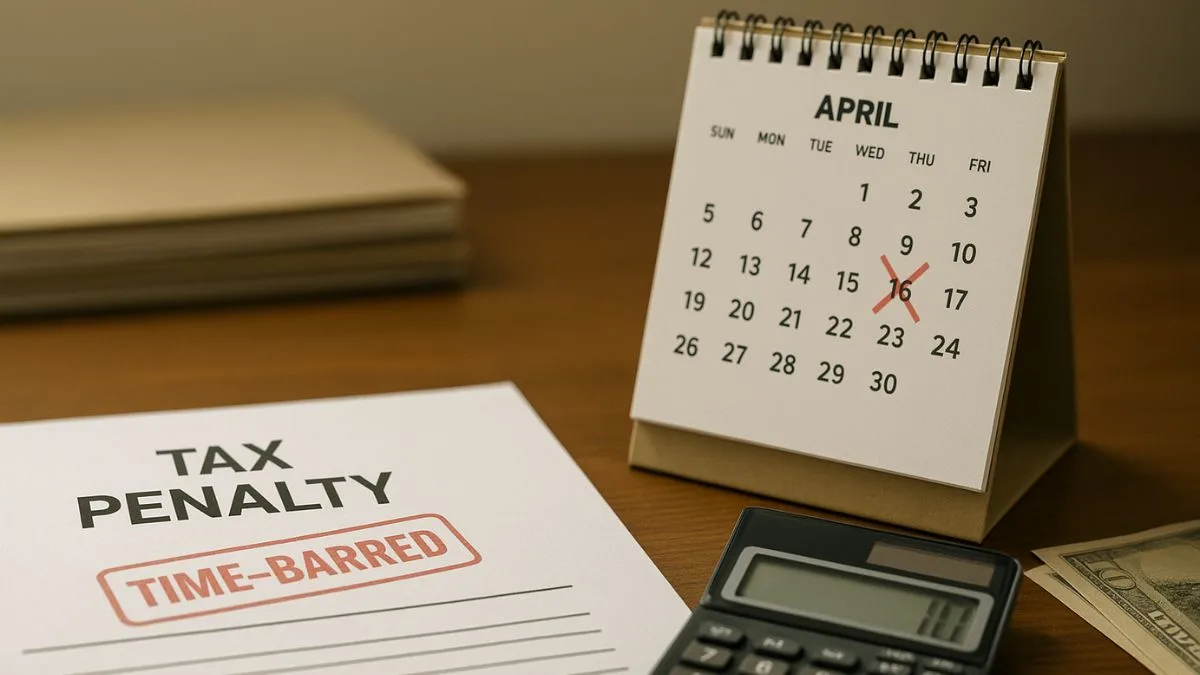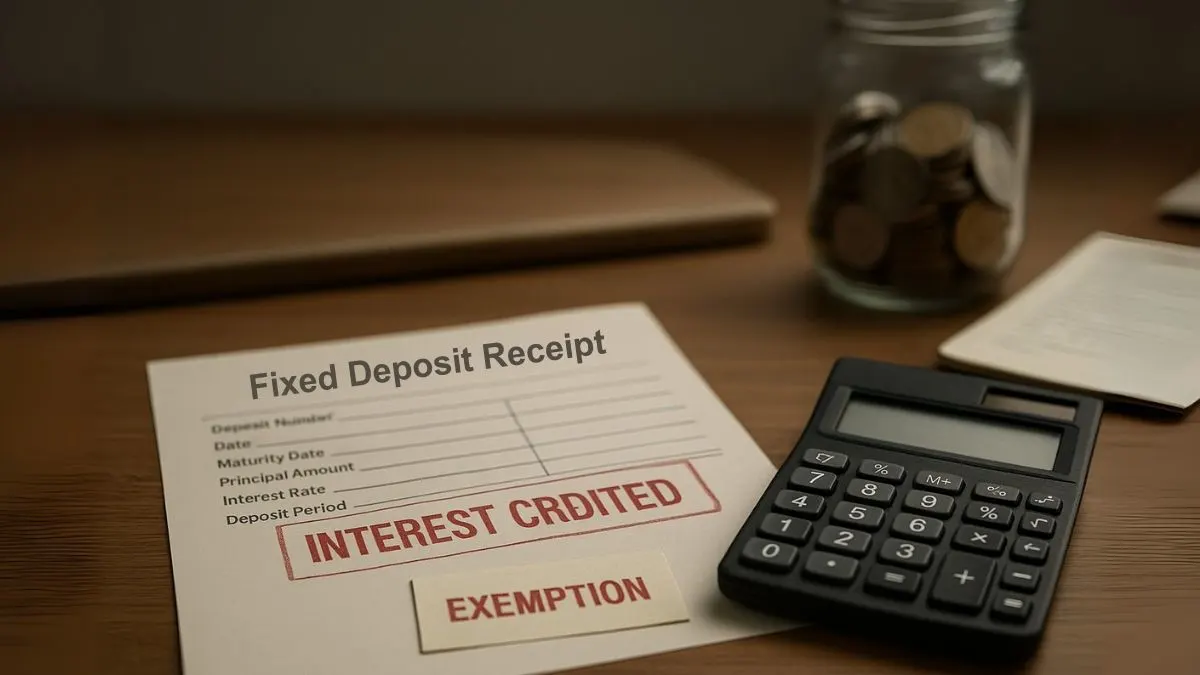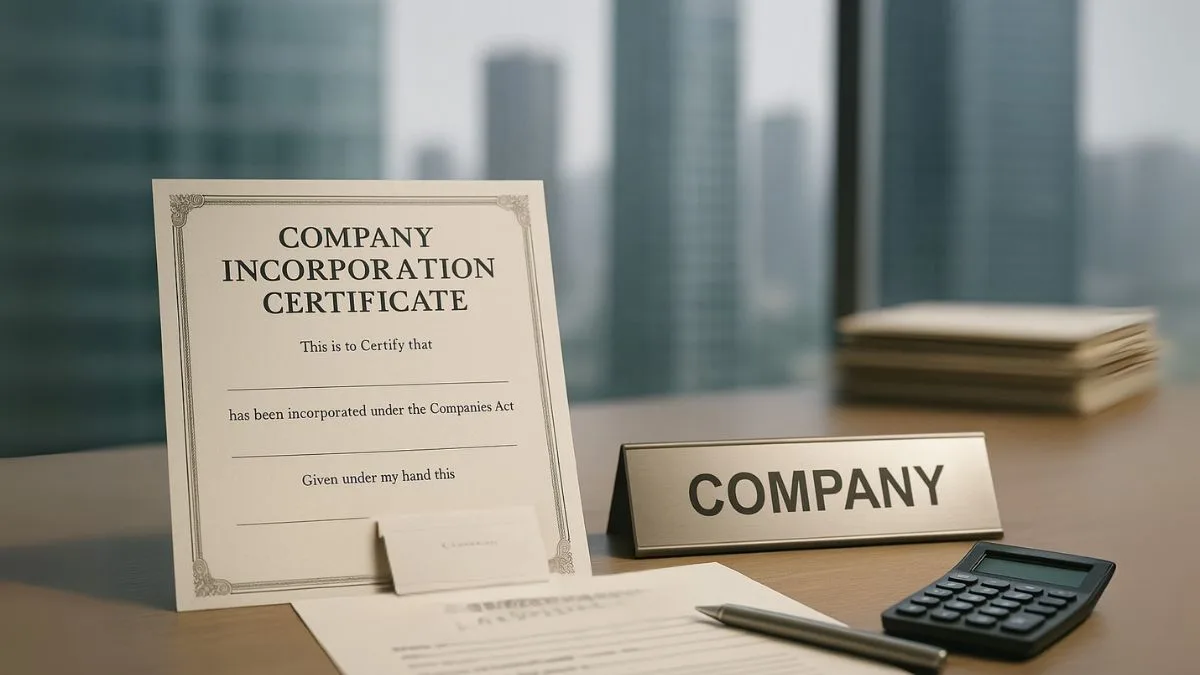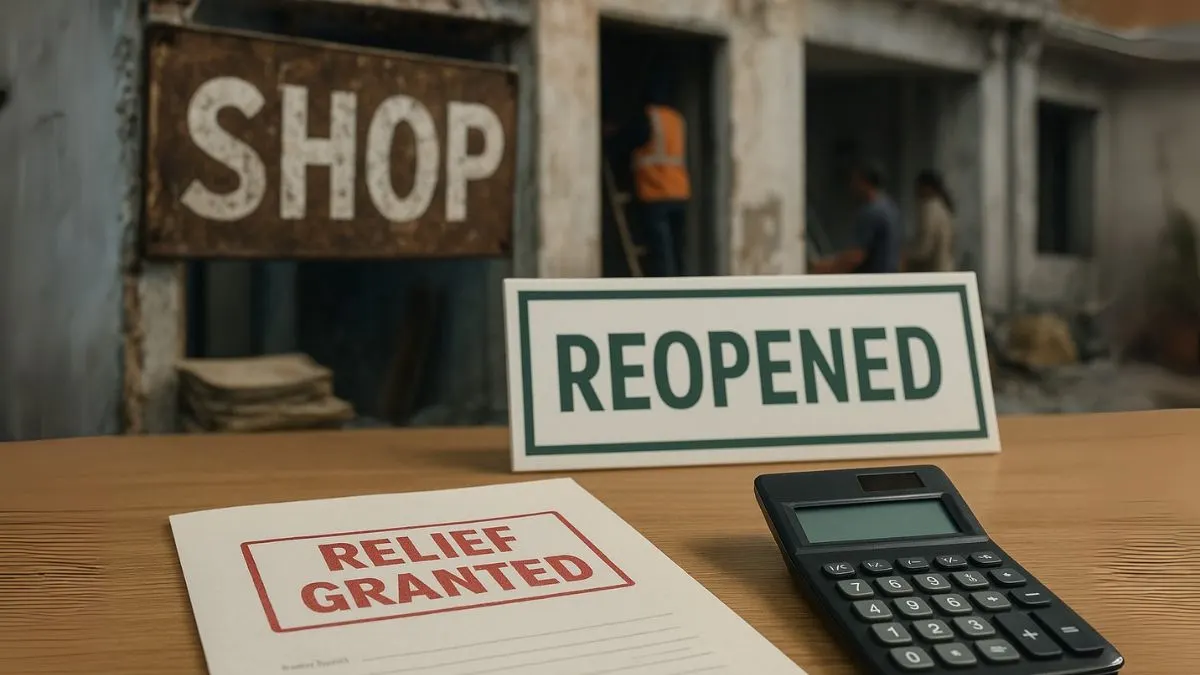
It is, of course, not only sunshine & roses running a business in India. Small size units frequently encounter unforeseen disturbances on account of natural calamities, political turmoil, or government initiative. For the purpose of providing financial solace to such concerns, Section 33B is laid down in the Income Tax Act, 1961.
This section details relief or allowance in rehabilitation in particular cases. In brief, it permits impacted businesses to take a special deduction when their enterprise is destroyed, damaged or made unusable. This is an important provision especially for the small businesses which constitute the backbone of the Indian economy.
What is Section 33B of the Income Tax Act?
Rehabilitation allowance in certain cases – Section 33B provides for rehabilitation allowance, where an industrial undertaking, business or profession is discontinued on account of damages caused by floods, cyclones, riots, fires and accidents.
This section provides that if an enterprise is recommenced or re-established within a prescribed period, it would be entitled to rehabilitation allowance. This allowance is considered as an expenditure in calculating the taxable income & as such lessens the tax liability during the period of revival.
This subsidy promotes reconstruction of small units & industrial ventures rather than winding them up after loss.
Conditions for Claiming Rehabilitation Allowance
For eligibility to the benefits under Section 33B of Income Tax Act, 1961:
- The business must have been suspended because of catastrophe, riot, flood, fire, explosion or government request.
- The project must be re-established, re-built, or resumed within three years after being abandoned.
- You can only claim the rehabilitation allowance in the year you re-establish."
- The claim has to be backed up by evidence & verified accounts.
These restrictions ensure that only bona fide entities confronted with actual adversity benefit.
Also Read: Form 15H: The Declaration That Saves Senior Citizens from TDS
How Rehabilitation Allowance Works
Imagine a small textile unit in Gujarat was washed away by a flood in 2022. The unit had to be shut down, but resumed operations in 2024 after rebuilding.
For the purposes of Section 33B, the unit qualifies for a deduction for rehabilitation allowance in the year it is reinstated (2024–25). This deduction results in less taxable income, providing financial breathing room as it gets back on its feet.
Hence, the rehabilitation allowance is a tax palliative stimulus for resuming but not renouncing the business.
Benefits to Small Scale Units
Small scale units are the main beneficiaries of Section 33B.
Relief under this section:
- Reduces immediate tax liability.
- Encourages reinvestment in infrastructure.
- Gives business owners peace of mind.
- Protects jobs dependent on these units.
The rehabilitation allowance under Section 33B of the Income Tax Act, 1961 is to support Small Scale Industries as a financial crutch to bounce back.
What Section 33B Allotments are Permissible?
The law is clear – small scale units & others fulfilling eligibility conditions are given rehabilitation allowance under Section 33B.
This deduction is the lesser of either 60% of amount invested to re-start the business or certain limitations. It can be claimed only once, in the year of resumption.
It’s essentially a one-off tax break meant to lessen the pain for businesses hit by calamity.
Also Read: Exemption on Disaster Compensation
Judicial Interpretations of Section 33B
Courts have interpreted Section 33B to prevent unreasonable refusal of relief:
- CIT vs. Industrial Undertaking Cases – Court held that if there are honest attempts to revive the business within 3 years, they should qualify for rehabilitation allowance.
- Flood and Riot-affected Units – Tribunals held that losses due to force majeure events like floods or riots qualify for relief."
These interpretations ensure the benefits go to genuine businesses in distress.
33B and Deduction for Scientific Research
Alongside rehabilitation allowance u/s 33B, the Act also encourages deductions for scientific research:
- Costs of experimental & laboratory R&D.
- Capital expenditure on scientific research.
- Incentives for taxpayers supporting innovation.
Combined, these provisions balance relief for struggling businesses & support for growth through research.
Connection with Other Provisions
Other connected provisions:
- SSY Income Tax Section – Tax exemption on Sukanya Samriddhi Yojana investments.
- Section 86 – Tax on partner’s share in firm income.
- Section 10(46A) – Exemption to specific institutions.
- Section 15H – Declaration for non-deduction of TDS on interest.
Together with Section 33B, these provisions illustrate the comprehensive support framework under the Income Tax Act.
Practical Guidance for Taxpayers
- Maintain documentation of the disaster/calamity.
- Ensure re-launch within three years to be eligible.
- Keep books of account & proofs of re-investment."
- For compliance, consult a tax professional.
By fulfilling these steps, one can claim rehabilitation allowance u/s 33B without hassles.
Also Read: Tax Deduction for Individuals with Disabilities
Conclusion
Rehabilitation allowance u/s 33B of the Income Tax Act, 1961 is a life-saving measure for small businesses and industrial undertakings affected by catastrophic events.
It mitigates tax impact while facilitating revival & continuation of business. This becomes especially important for small scale units, where it can mean the difference between temporary closure and successful reopening.
✅ Want to understand how Section 33B or other tax deductions apply to your case? Connect with us at Callmyca.com – your trusted partner for tax relief, compliance, and growth.

